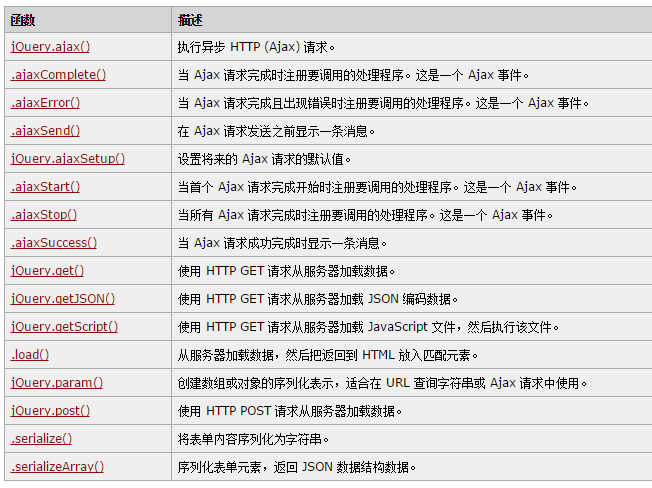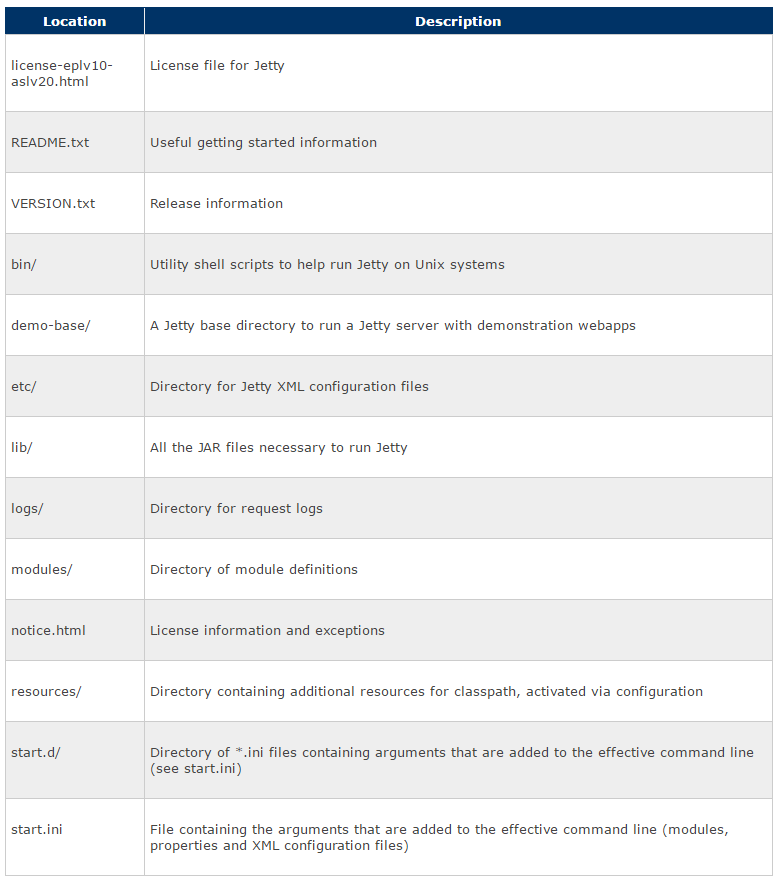linux内核capable源代码分析
linux内核里对于进程的权限管理有一个很重要的函数capable,以前看了好多遍,今天下决心搞定他,也在此立下一个碑,以后有谁想搞明白他的话,我还可以提供一些帮助。
capable函数定义在kernel/capability.c,作用是检验当前进程有没有相应的权限,定义如下
int capable(int cap){return __capable(current, cap);}
继续看__capable函数,这个函数也定义在kernel/capability.c,定义如下
int __capable(struct task_struct *t, int cap){/*首先执行security_capable函数检查,如果成功就给进程的flags置位,标志获得超级权限,PF_SUPERPRIV定义如下#define PF_SUPERPRIV 0x00000100 /* used super-user privileges */就是超级用户的意思*/if (security_capable(t, cap) == 0) {t->flags |= PF_SUPERPRIV;return 1;}return 0;}
我们继续看security_capable函数,定义在linux/security.h
static inline int security_capable(struct task_struct *tsk, int cap){return cap_capable(tsk, cap);}
继续看cap_capable函数,定义在security/commonncap.c
int cap_capable (struct task_struct *tsk, int cap){/* 权限检查的主要工作函数 */if (cap_raised(tsk->cap_effective, cap))return 0;return -EPERM;}
我们继续看cap_raised,这是一个宏,定义如下
#define CAP_TO_MASK(x) (1 << (x))
#define cap_raise(c, flag) (cap_t(c) |= CAP_TO_MASK(flag))
#define cap_lower(c, flag) (cap_t(c) &= ~CAP_TO_MASK(flag))
#define cap_raised(c, flag) (cap_t(c) & CAP_TO_MASK(flag))
所以可以看出cap_capable函数就是查看task_struct的cap_effective变量,然后与(1<<cap)执行按位与操作。
cap_effective变量就是进程结构体里的一个32位的int变量,每一个位代表一个权限,定义如下
/**** POSIX-标准定义的权限能力**/#define CAP_CHOWN 0/* Override all DAC access, including ACL execute access if[_POSIX_ACL] is defined. Excluding DAC access covered byCAP_LINUX_IMMUTABLE. */#define CAP_DAC_OVERRIDE 1/* Overrides all DAC restrictions regarding read and search on filesand directories, including ACL restrictions if [_POSIX_ACL] isdefined. Excluding DAC access covered by CAP_LINUX_IMMUTABLE. */#define CAP_DAC_READ_SEARCH 2/* Overrides all restrictions about allowed operations on files, wherefile owner ID must be equal to the user ID, except where CAP_FSETIDis applicable. It doesn't override MAC and DAC restrictions. */#define CAP_FOWNER 3/* Overrides the following restrictions that the effective user IDshall match the file owner ID when setting the S_ISUID and S_ISGIDbits on that file; that the effective group ID (or one of thesupplementary group IDs) shall match the file owner ID when settingthe S_ISGID bit on that file; that the S_ISUID and S_ISGID bits arecleared on successful return from chown(2) (not implemented). */#define CAP_FSETID 4/* Used to decide between falling back on the old suser() or fsuser(). */#define CAP_FS_MASK 0x1f/* Overrides the restriction that the real or effective user ID of aprocess sending a signal must match the real or effective user IDof the process receiving the signal. */#define CAP_KILL 5/* Allows setgid(2) manipulation *//* Allows setgroups(2) *//* Allows forged gids on socket credentials passing. */#define CAP_SETGID 6/* Allows set*uid(2) manipulation (including fsuid). *//* Allows forged pids on socket credentials passing. */#define CAP_SETUID 7/**** Linux-specific capabilities**//* Transfer any capability in your permitted set to any pid,remove any capability in your permitted set from any pid */#define CAP_SETPCAP 8/* Allow modification of S_IMMUTABLE and S_APPEND file attributes */#define CAP_LINUX_IMMUTABLE 9/* Allows binding to TCP/UDP sockets below 1024 *//* Allows binding to ATM VCIs below 32 */#define CAP_NET_BIND_SERVICE 10/* Allow broadcasting, listen to multicast */#define CAP_NET_BROADCAST 11/* Allow interface configuration *//* Allow administration of IP firewall, masquerading and accounting *//* Allow setting debug option on sockets *//* Allow modification of routing tables *//* Allow setting arbitrary process / process group ownership onsockets *//* Allow binding to any address for transparent proxying *//* Allow setting TOS (type of service) *//* Allow setting promiscuous mode *//* Allow clearing driver statistics *//* Allow multicasting *//* Allow read/write of device-specific registers *//* Allow activation of ATM control sockets */#define CAP_NET_ADMIN 12/* Allow use of RAW sockets *//* Allow use of PACKET sockets */#define CAP_NET_RAW 13/* Allow locking of shared memory segments *//* Allow mlock and mlockall (which doesn't really have anything to dowith IPC) */#define CAP_IPC_LOCK 14/* Override IPC ownership checks */#define CAP_IPC_OWNER 15/* Insert and remove kernel modules - modify kernel without limit *//* Modify cap_bset */#define CAP_SYS_MODULE 16/* Allow ioperm/iopl access *//* Allow sending USB messages to any device via /proc/bus/usb */#define CAP_SYS_RAWIO 17/* Allow use of chroot() */#define CAP_SYS_CHROOT 18/* Allow ptrace() of any process */#define CAP_SYS_PTRACE 19/* Allow configuration of process accounting */#define CAP_SYS_PACCT 20/* Allow configuration of the secure attention key *//* Allow administration of the random device *//* Allow examination and configuration of disk quotas *//* Allow configuring the kernel's syslog (printk behaviour) *//* Allow setting the domainname *//* Allow setting the hostname *//* Allow calling bdflush() *//* Allow mount() and umount(), setting up new smb connection *//* Allow some autofs root ioctls *//* Allow nfsservctl *//* Allow VM86_REQUEST_IRQ *//* Allow to read/write pci config on alpha *//* Allow irix_prctl on mips (setstacksize) *//* Allow flushing all cache on m68k (sys_cacheflush) *//* Allow removing semaphores *//* Used instead of CAP_CHOWN to "chown" IPC message queues, semaphoresand shared memory *//* Allow locking/unlocking of shared memory segment *//* Allow turning swap on/off *//* Allow forged pids on socket credentials passing *//* Allow setting readahead and flushing buffers on block devices *//* Allow setting geometry in floppy driver *//* Allow turning DMA on/off in xd driver *//* Allow administration of md devices (mostly the above, but someextra ioctls) *//* Allow tuning the ide driver *//* Allow access to the nvram device *//* Allow administration of apm_bios, serial and bttv (TV) device *//* Allow manufacturer commands in isdn CAPI support driver *//* Allow reading non-standardized portions of pci configuration space *//* Allow DDI debug ioctl on sbpcd driver *//* Allow setting up serial ports *//* Allow sending raw qic-117 commands *//* Allow enabling/disabling tagged queuing on SCSI controllers and sendingarbitrary SCSI commands *//* Allow setting encryption key on loopback filesystem *//* Allow setting zone reclaim policy */#define CAP_SYS_ADMIN 21/* Allow use of reboot() */#define CAP_SYS_BOOT 22/* Allow raising priority and setting priority on other (differentUID) processes *//* Allow use of FIFO and round-robin (realtime) scheduling on ownprocesses and setting the scheduling algorithm used by anotherprocess. *//* Allow setting cpu affinity on other processes */#define CAP_SYS_NICE 23/* Override resource limits. Set resource limits. *//* Override quota limits. *//* Override reserved space on ext2 filesystem *//* Modify data journaling mode on ext3 filesystem (uses journalingresources) *//* NOTE: ext2 honors fsuid when checking for resource overrides, soyou can override using fsuid too *//* Override size restrictions on IPC message queues *//* Allow more than 64hz interrupts from the real-time clock *//* Override max number of consoles on console allocation *//* Override max number of keymaps */#define CAP_SYS_RESOURCE 24/* Allow manipulation of system clock *//* Allow irix_stime on mips *//* Allow setting the real-time clock */#define CAP_SYS_TIME 25/* Allow configuration of tty devices *//* Allow vhangup() of tty */#define CAP_SYS_TTY_CONFIG 26/* Allow the privileged aspects of mknod() */#define CAP_MKNOD 27/* Allow taking of leases on files */#define CAP_LEASE 28#define CAP_AUDIT_WRITE 29#define CAP_AUDIT_CONTROL 30
检验权限的时候,就检查进程结构体task_struct对应的位是不是1就ok了。


































还没有评论,来说两句吧...